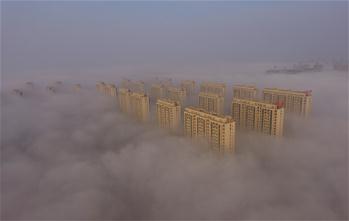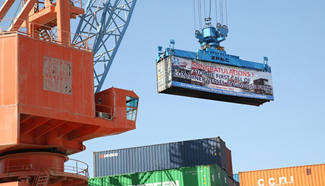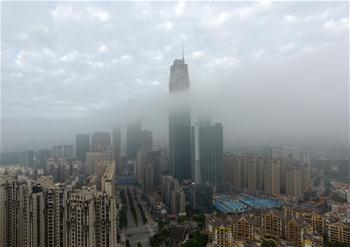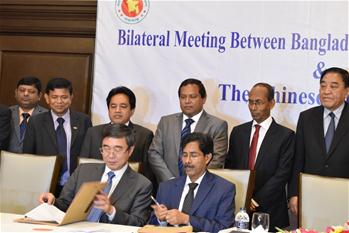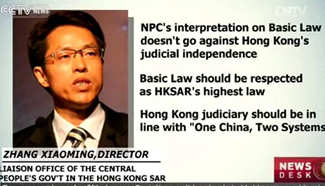BEIJING, Nov. 14 (Xinhua) -- Beijing's average PM2.5 density decreased in the first ten months of this year, authorities said Monday.
Beijing's average density of hazardous fine particulate matter from January to October was 64 micrograms per cubic meter, a year-on-year decrease of 8.6 percent, according to the Beijing Municipal Environmental Protection Bureau.
With a diameter of less than 2.5 micrometers, PM2.5 is particulate matter that causes hazardous smog.
The capital city saw 172 days with good air quality during the ten months, 11 days more than the same period last year.
Average densities of sulfur dioxide, nitrogen dioxide and PM10 (particulate matter with a diameter of less than 10 micrometers) from Jan. to Oct. were down by 30.8 percent, 6.5 percent and 12.9 percent year on year, respectively, according to the bureau.
But as Beijing enters the heating season in November, its air is likely to become foul again, according to the Beijing Municipal Environmental Monitoring Center.
Beijing is transforming its coal-fired boilers with clean energy in a move to clear up the air.
After completion at the end of this year, the green equipment will help slash Beijing's coal use by two million tonnes. That means an annual decrease of dust by about 30,000 tonnes, reducing sulfur dioxide by about 16,000 tonnes and nitrogen oxide by about 5,000 tonnes.


